What is mezcal and why you need to sip it right now
Content is created by CNN Underscored’s team of editors who work independently from the CNN newsroom. When you buy through links on our site, CNN and its syndication partners may earn a commission. Learn more
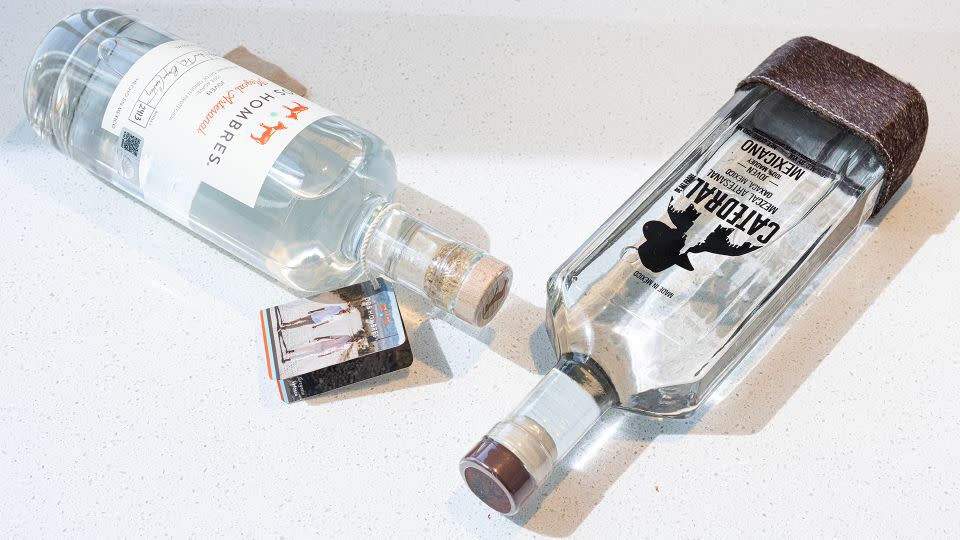
Mezcal is having a moment. And whether you’re ordering this 500-year-old agave-based spirit at a bar or mixing cocktails at home, there’s no denying that mezcal offers a fresh, nuanced and trendy twist on traditional tequila.
First things first. What exactly is mezcal and what makes it so titillating to the average sipper? According to Marshall Minaya, beverage director of agave-forward cocktail den and restaurant Lolita in midtown Manhattan, mezcal is described simply as anything that can be distilled from the agave plant. “As of now, to be donned ‘mezcal’ it must be produced in the following 10 states in Mexico: Oaxaca, Durango, Tamaulipas, Michoacan, Guanajuato, Guerrero, San Luis Potosi, Puebla, Zacatecas [and] Sinaloa,” Minaya says.
Yet, mezcal’s real appeal comes from its complex, versatile and slightly smoky characteristics. “Post-Covid, industry professionals and consumers alike wanted new, interesting, artisanal and culture-forward beverages. Mezcal delivers on all these fronts and more,” says wine/spirits educator and sommelier Erlinda A. Doherty.
What is the difference between mezcal and tequila?
Trying to wrap your head around the distinctions between these Mexican-born spirits? Though mezcal is produced across the country using any local agave, there are rules and regulations that differentiate the two as well — and it all comes down to raw ingredients and production methods.
“All tequilas are mezcals, while not all mezcals are tequilas,” says Richie Barrow, group food and beverage general manager of Hero Bar in Nairobi, Kenya. “Mezcal is the category of spirits made with the use of agave (some 40-plus varieties, including blue agave), while tequila is a spirit that must legally be made from a minimum of 51% blue agave and must come from one of five authorized states in Mexico. This is also part of mezcal’s charm and gives it a vast variety of flavors depending on the area, elevation or altitude it might have come from.”
As for how they’re crafted? “Where mezcal traditionally involves roasting the agave hearts in underground pits, giving its characteristic smoky flavor, tequila utilizes industrial ovens or autoclaves for cooking the agave,” says Bruno Sanchez, director of food and beverage at The Alida in Savannah, Georgia. “It also includes the usage of tahona once the hearts are roasted and other variances during the production.”
Lastly, mezcal must be produced following required small-batch regulations, while tequila is generally produced on a larger scale, using industrial and mechanized processes. Additionally, it’s worth noting that tequila allows for additives, colorings and flavorings, while mezcal prohibits such additions, according to Doherty.
All of this should help explain why, in addition to its smoky profile, mezcal tends to be more savory and earthy — the irresistible bad boy of the region — while tequila generally offers a more sophisticated sip. According to Jose R. Rodriguez, general manager of COA at Dorado Beach in Puerto Rico, “Tequila tends to be sweeter, smoother and fruitier — getting its complexity mainly from oak aging.”
How to choose a mezcal
The first thing to look for when buying mezcal at home is a proper birthright. “I would suggest always making sure you are buying authentic mezcal, prioritizing bottles made from 100% agave, with a single variety or blend depending on your preference, and the usage of traditional methods. Ensure the mezcal carries certification labels like ‘Denominación de Origen’ (DO) or ‘Comisión Reguladora del Mezcal’ (CRM) to guarantee quality and origin,” says Sanchez.
You’ll also want to check on things like proof and price. “We want to taste agave spirits the way the mezcaleros intended, instead of the cheapest, easiest way to be able to export it. Anywhere above 46% ABV is always a good sign. Price is also important. Anything below $30 retail is concerning, from the production and agriculture point of view,” says Cristhian Rodriguez, beverage director at elNico Restaurant and Bar in Williamsburg, Brooklyn.
And, lest you forget, you’ll want to figure out your individual preference when it comes to level of smokiness. “What might be too smoky for you may not be too smoky for someone else,” says James Grant, director of mixology for the Fairmont Royal York. “With mezcal, the fact that we can have such a huge range means that there is probably something for everyone.”
Editors’ favorite mezcals
Ready to get out there and join the mezcal revolution? Here are five of our favorite bottles you can nab right now.
Mezcal Amarás Cupreata
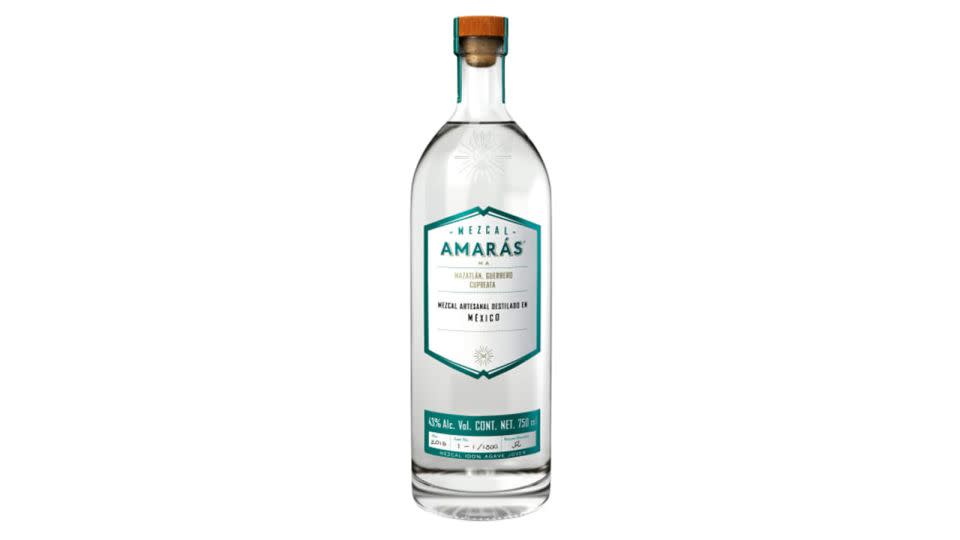
Crafted from a bunch of different species of agave from the subtropical forests of the Rio Balsas basin, this crystal-clear mezcal is low on the smoke scale, with a whiff of herbs and pepper at its nose, and a complex taste of pumpkin seeds and dark chocolate. This is the perfect spirit for mezcal beginners because it won’t fight too hard with mixers. Plus, you’ll be rewarded with a slightly spicy finish. This is our favorite mezcal to mix up a classic margarita, though we like to hold the sweeter triple sec to enjoy the ambient smokiness.
Catedral de mi Padre Espadin Mezcal
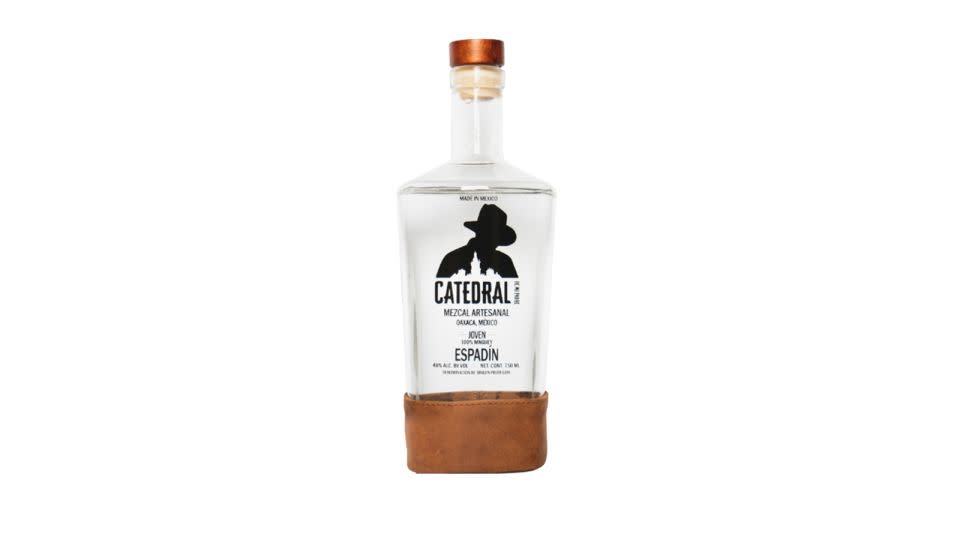
This mezcal, produced in Oaxaca, combines scientific research with tradition — building a plant laboratory next to the distillery to better cultivate agave plants. We love Catedral Espadin because its first note is slightly herbaceous with a touch of sweet agave, but you’ll get a punch of jalapeño on that first taste, with a pleasing, lingering wallop of the smoke we expect. Our suggestion? Get out the Bloody Mary mix and make it a Maria for a more complex crowd-pleaser.
Dos Hombres Joven Mezcal
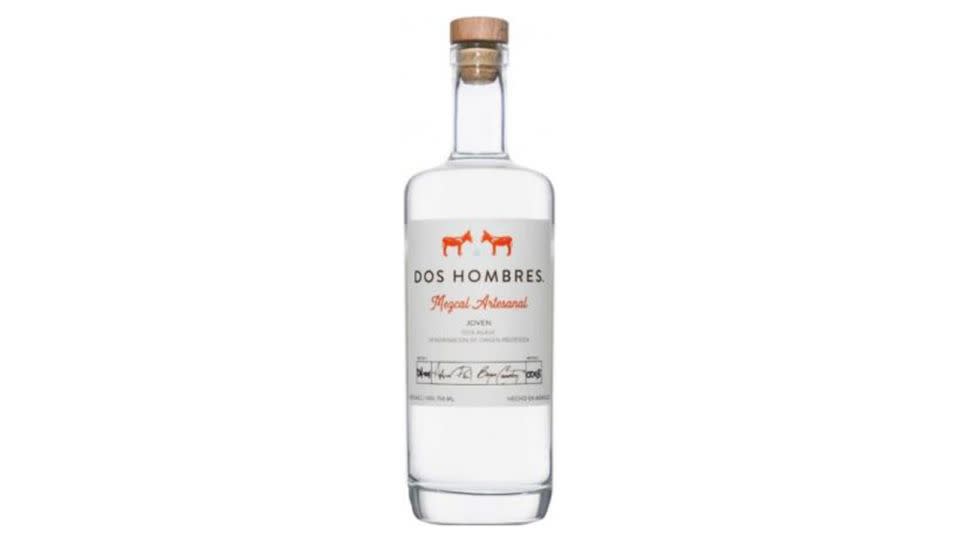
Breaking bad never tasted so good, especially when the dos hombres in question are Bryan Cranston and Aaron Paul. And you can join them in enjoying this Oaxacan-produced mezcal, blended from Espadin agave. The agave for their mezcal must grow for at least six years before it is cooked in earthen pits of hot stones for four days, then mashed by a traditional stone wheel. All this lends itself to a super-smooth, clear spirit that starts with a sweet, fruity nose. The taste itself is gently woody, giving way to a restrained campfire kick — taking us back to our first trip under the stars. We especially like mixing this mezcal with fresh grapefruit juice, lime and a splash of seltzer for a smoky take on a paloma.
Wild Common Ensamble Mezcal
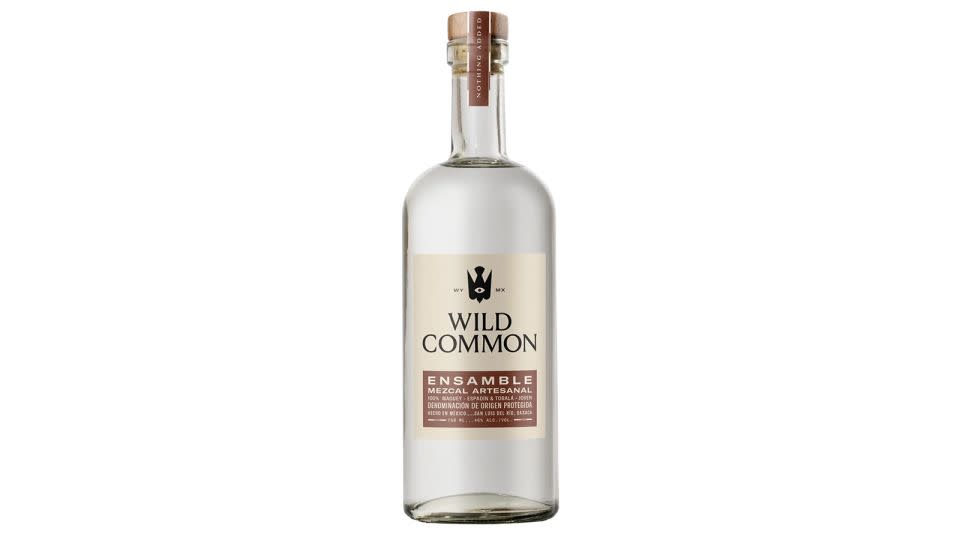
We appreciate that the pricier Wild Common was founded by a National Geographic photographer cum Exum mountain guide who teamed up with a Jalisca-based Master Distiller to create a super-clean, sustainable mezcal. This commitment involves using only cultivated agaves, leaving the more popular wild varieties to local communities. Yes, this mezcal is a splurge, but it’s also our choice to sip neat — and we reveled in the slight citrus and coconut nose, the smooth floral taste and the final hit of "barely there" warm smoke.
Ojo de Tigre Mezcal
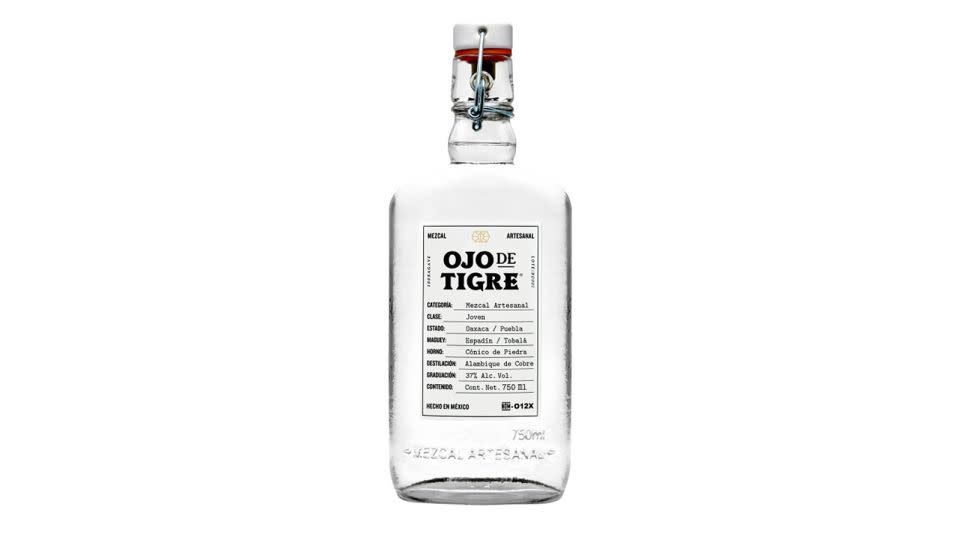
This lower priced Mezcal hails from both Oaxaca and Puebla, and is double distilled in a copper still. You'll still get those sweet notes of dried citrus, lemongrass and caramel, but it also won't skimp on the spicy twang mixed with rich cocoa on the first taste. We like to stir this up with agave nectar and bitters to create a play on the Old Fashioned. And don't forget to squeeze that orange peel garnish to add the flavorful oils to the mix.
Note: The prices above reflect the retailers' listed price at the time of publication.
For more CNN news and newsletters create an account at CNN.com

